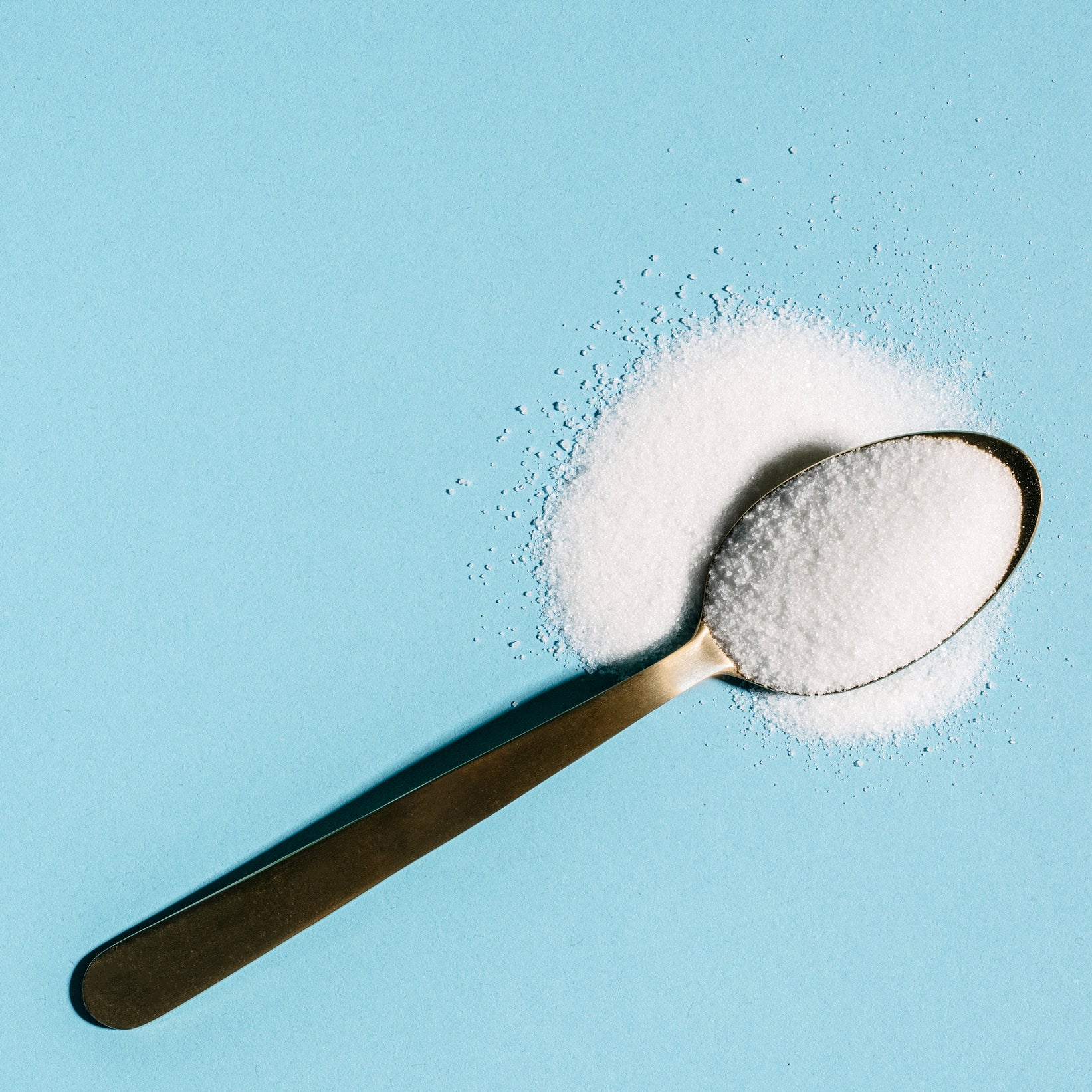We all know that eating too much sugar can lead to serious and often grave long-term health effects. But, you might wonder, is there a healthy way I can incorporate it into my diet? We asked three experts for their advice on how to put the sweet stuff to good use.
Look at the Entire Nutritional Profile of Your Meal
The Expert: Nancy Clark, Boston sports nutritionist and author of
This means you can loosen up with so-called hidden sources of sugar and pay closer attention to the foods you’re eating alongside them. Take salad dressing, for example. “Rather than focusing on the sugar in the dressing, I would look at the nutrients in the vegetables and the leafy greens,” Clark says. In other words, nixing sugar without giving thought to what goes with it can cause you to miss out on important nutrients. Another example: orange juice. Once considered a breakfast essential, it was quickly phased out when sugar became a topic of concern, says Clark. is 66 calories and contains 11 grams of sugar, but it also contains your entire daily allowance of vitamin C. Few people consciously seek out vitamin C elsewhere, which can lead to deficiency, Clark cautions.
Focus on Real Foods
The Expert: Adena Neglia, former competitive figure skater who specializes in sports nutrition at
“If you eat mostly whole foods, limit processed ones and sugary drinks, and try to balance your meals with complex carbohydrates, lean proteins, and healthy fats, then it’s unlikely you will have to worry about your sugar intake,” Neglia says. Rather than falling for “diet” foods that just masquerade as healthy, opt for the real stuff. Pick full-fat yogurts topped with real berries and rolled oats rather than fruit-on-the-bottom alternatives, and beware of “healthier sugars” like agave, beet sugar, tapioca syrup, or even honey and maple syrup. There’s , she says. But many processed foods are loaded with these so-called “natural” alternatives to make them taste better and to appear to consumers as a healthier choice.
Deploy It at the Right Time
The Expert: Allen Tran, dietician for
For top athletic performance, sugar is a must. But, cautions Tran, “dose matters, and each sport differs in its demands on the body.” Endurance athletes may need more carbs than power athletes, who specialize in all-out sprints. And you can game your sugar intake so it releases quickly or slowly, depending on when you need it.
Here’s what Allen recommends for optimal performance.
More than 45 minutes before a race: Have a nut-butter and jelly sandwich, a power bar, or a fruit yogurt.
Immediately before: Throw back a shot block, gel, or gulp of sports drink, or have a small piece of fresh fruit, such as pineapple, apple, or banana.
Midrace: Stick with things that digest quickly, like shot blocks and sports drinks. (Gummy bears are also popular.)
Post-race: For recovery, aim for a combo of carbs and protein, such as chocolate milk, a peanut butter sandwich, a hard-boiled egg with crackers, string cheese and pretzels, or a fruit and protein-powder smoothie.


